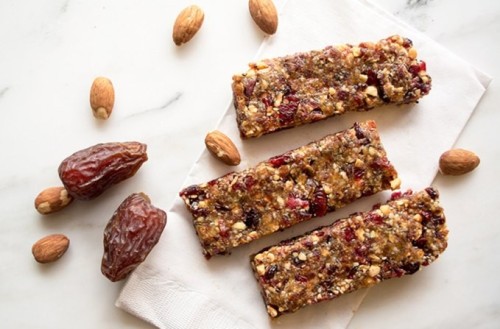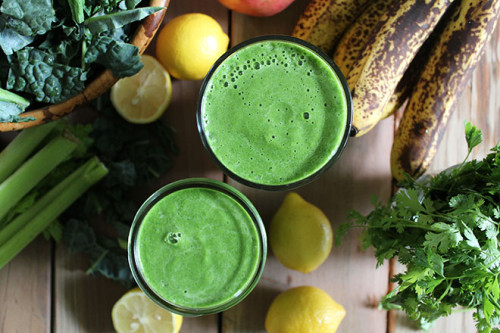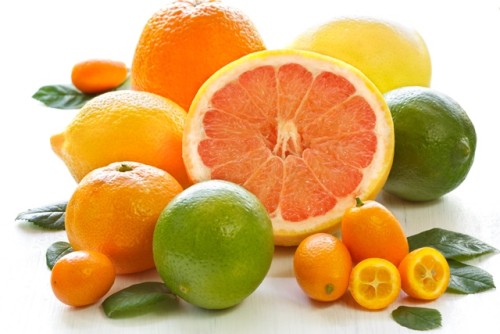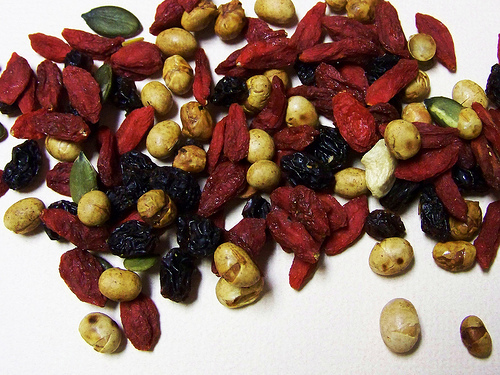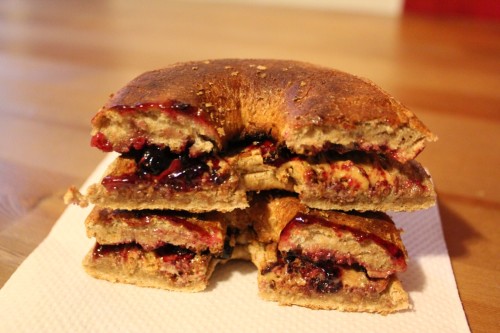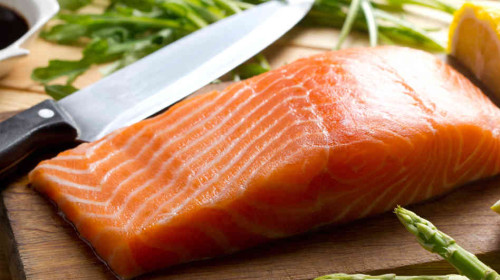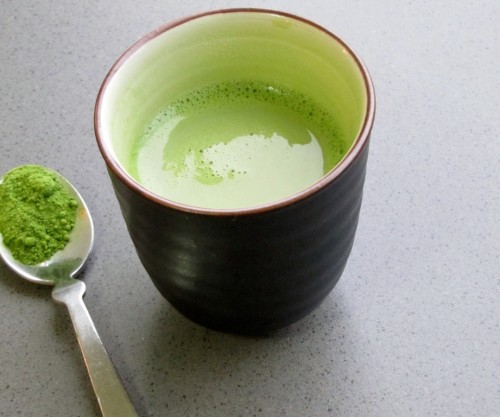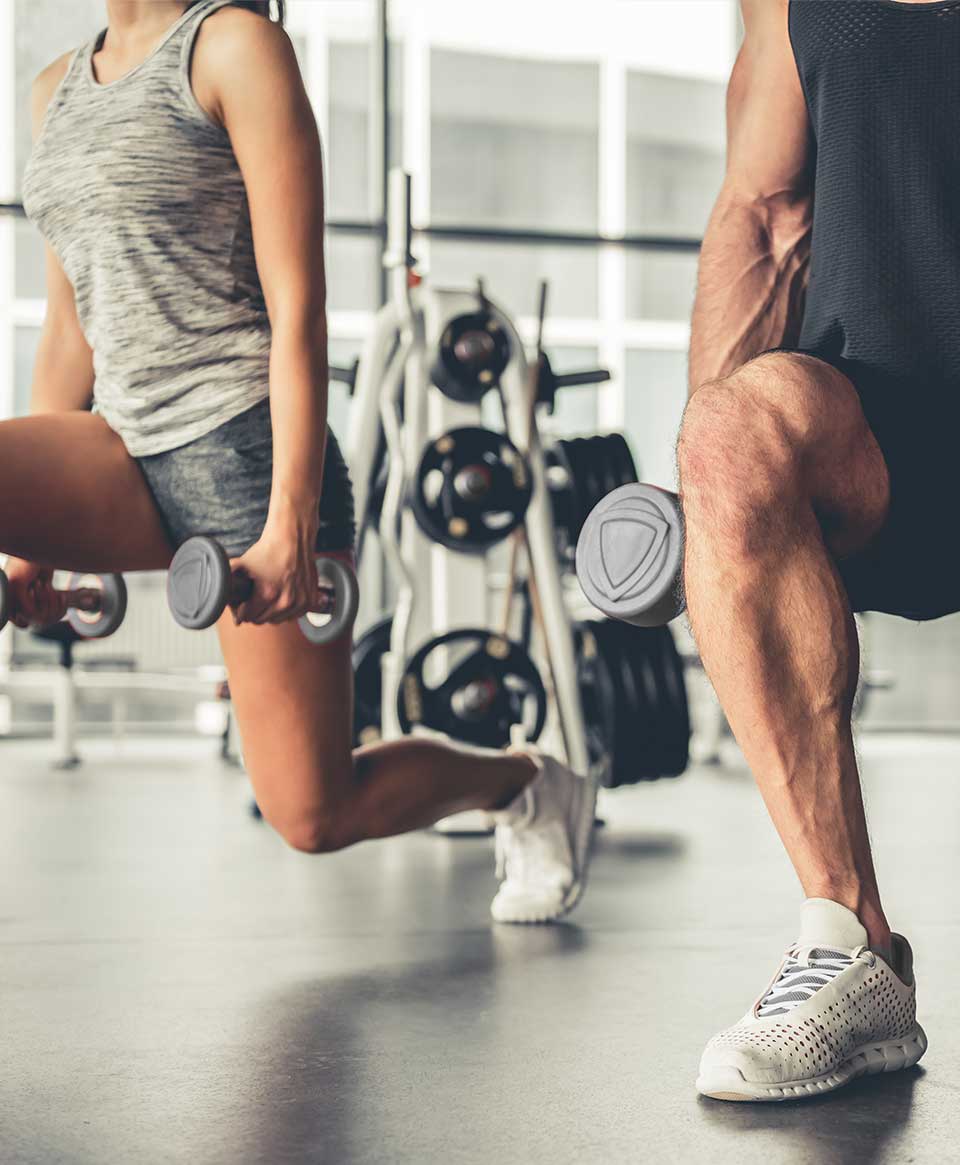Winter tends to put a freeze on your fitness routine. Colder temperatures and dark, cloudy weather do little to give you motivation to head to the gym.
Turning to quick and easy fixes—like sugar-laden coffees and energy drinks—may seem like a smart way to jump start your day, but they’re often accompanied by energy crashes. Luckily, some simple additions to your diet can act as natural energy boosters and help you fight fatigue—no Starbucks necessary.
Indulge in these wholesome foods that will feed your body with key nutrients shown to improve energy and alertness.
8 Energy Boosting Foods to Beat the Winter Blues
Dates
Believe it or not, dates are an important bodybuilding fruit. Try them naturally by themselves or in organic energy bars like Larabars. Dates not only provide the chewy, sweet backbone for these simple bars, but will also supply quick-acting energy to a fatigued body.
Additionally, dates are an excellent source of potassium—gram-for-gram they contain nearly double the potassium of a banana.Potassium plays an extremely important role in energy metabolism and muscle contraction.
Larabars can be found at grocery stores nationwide—but even better is to make your own. Blend dates, nuts, and the unsweetened dried fruit of your choice in a food processor, and then form the mixture into bar-shaped pieces, letting it chill in the fridge.
Green Smoothie
A cold drink may be the last thing you crave in the cold but they’re an instant wake up call. Loaded with an array of vitamins, minerals, and antioxidants, a green smoothie can provide a kick-start to your morning—something that a cup o’ Joe can’t compete with. Simply blend some of nature’s best green energy-boosters: dark, leafy greens, frozen fruit, and a zero- or low-calorie liquid of your choosing.
Dark, leafy greens are rich in iron—a mineral that helps red blood cells deliver oxygen throughout the body, making it essential for energy production. (Learn how to make your own: Supercharge Your Smoothie.)
Citrus Fruit
Adding vitamin C-rich citrus fruits into your diet, like papaya and mango, can also help boost energy levels. Vitamin C helps maintain proper functioning of the adrenal gland, which regulates hormones involved in stress and energy levels. Additionally, your body needs Vitamin C to help properly absorb the iron from the dark, leafy greens.
Trail Mix
When assembled correctly, trail mix can serve as a portable, lightweight snack made up of energy-dense ingredients, like nuts, seeds, dried fruit, and dark chocolate. Instead of buying pre-packaged versions, purchase energy-boosting ingredients separately, and combine them yourself. Nuts in trail mix often contain magnesium, a vital nutrient for your body vital for the breakdown of glucose into energy. (That’s why a magnesium deficiency can result in low energy levels.)
Pumpkin seeds are one of the richest sources of magnesium, as are nuts like almonds, which also supply protein and fiber to better stabilize blood sugar levels and regulate energy. Eating nuts in combination with unsweetened, dried fruits, like mangoes or apricots, makes trail mix the ideal treat for quick-acting, long-lasting energy. And if you need to satisfy your sweet tooth, top the trail mix off with some dark chocolate chips for a little extra energy.
Want to make your own? Check out: Nutrition in a Nutshell and Becca’s Homemade Trail Mix recipe.
Whole Grains
Making lunch out of refined-grain foods, like white breads and pastas, can often leave you feeling sluggish for the rest of the afternoon. Choosing the right grains—those that are less processed and with a lower glycemic index—can provide your body with the nutrients it needs for good health and sustained energy.
Out of all the ancient grains, pearled barley lowest glycemic index out of all of the ancient grains, and most other grains as well, due to its high content of soluble fiber. Low-glycemic-index foods are broken down more slowly than foods with a higher glycemic index, providing a steady stream of glucose into your system over time and stabilizing energy levels. Pearled barley is also a good source of iron—a mineral essential for oxygen transport and energy production.
Salmon
Fatty fish, like salmon, are one of the best natural sources of healthy omega-3 fatty acids. In addition to improving heart health, omega-3s boost levels of EPA and DHA in the brain, and therefore help increase energy and focus.
Salmon is also an excellent source of tyrosine—an amino acid that functions as a precursor in the production of the body’s “fight or flight” hormones: norepinephrine, epinephrine, and dopamine. These hormones can influence mood, energy, and alertness. Lastly, salmon provides vitamin B12, a vitamin capable of boosting energy levels. A cooked serving of Atlantic salmon provides over half of the daily recommended amount of vitamin B12.
Matcha Green Tea Powder
Matcha is a finely ground green tea powder made from grown green tea leaves. While all green tea naturally contains caffeine, matcha is unique in that the energy boost it provides extends over a longer period of time. The amino acid l-theanine works synergistically with the caffeine found in matcha to produce more energy, while eliminating common negative side effects from stimulants, such as nervousness. Matcha can be enjoyed in more ways than just as a hot beverage – add it to a green smoothie, use it to flavor ice cream, and even bake with it!


